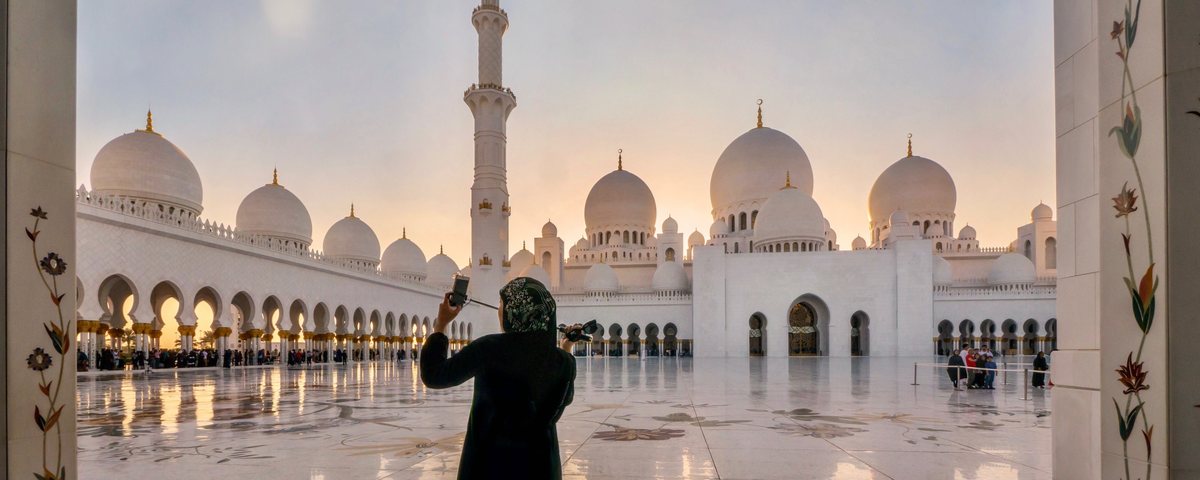In an hyperconnected digital world, social media sites offer massive chances and tools for destinations to engage with travellers and help them travel safely again.
Another month has passed and yet travel remains the same – constricted. As I wrote in previous articles, vaccination programmes bring certain optimism for the travel sector and all its stakeholders, but a full comeback for traveling worldwide is still far away. However, destinations and tourism companies have different strategies to choose from to speed bookings for when travel restrictions lift. Particularly, social media presents plenty of opportunities to apply actions, campaigns, and initiatives to engage with travellers. The ultimate goal behind these strategies? To inspire people so they get past the fear of traveling in the current context. To do so, it is key to encourage safety and trust.
At the moment, millions of travellers remain glued to their devices. From scrolling on Twitter waiting for breaking news to checking their favourite influencer’s feed on Instagram for travel inspiration. The opportunities to provide people with content that fuels their wanderlust are endless and the moment to do so is right now. In the next paragraphs I have compiled a set of actions that destinations need to put in place if they want to attract travellers back:
Reduce disinformation and keep communicating with your visitors
We live in a world constantly hit by ‘fake news’ and alarmism, and COVID-19 is just making it worse. Therefore, your DMO needs to fight this trend through the same tools used to spread it: social media. In my last investigation, I reviewed how the three of the largest cruise operators responded to the pandemic on social media during the first semester of 2020, and after doing so I can assure that crisis management and communication are a must for both private travel companies and destinations themselves.
DMOs need to be proactive and constant when communicating. A way to do so is creating advice pages on their websites, but specially on their official social media profiles. These tools should provide travellers with relevant (and trustworthy) information – like what visitors can do and what they cannot, what general health and safety protocols/measures are in place (include only the information that official sources share), what attractions and itineraries are open to the public along with their conditions and requirements…
Also, sections addressing FAQs about COVID-19 is mandatory nowadays. To compile a list of these burning questions, your team needs to engage with travellers and spot what their main concerns are – what they are commenting on your posts, what keywords they are using and, most importantly, what their feedback is. Use your destination’s social media channels to answer these questions while generating encouraging images and videos that showcase the most desirable experiences and places. When sharing COVID-19-related content, I recommend any DMO to follow the example of Visit Scotland.
Embrace the new players: from Instagram’s Reels to TikTok
Social media platforms keep adding new features that we need to adapt to. Instagram Reels allow users to create a short piece of video (15-30 seconds) that may contain chunks of multiple videos featuring effects and audio. The main advantage that Reels have is that they offer the possibility for your destination’s content to reach a wider audience on Instagram. In terms of creativity, the possibilities are massive. By using Reels, destinations can show a taste of different combinations including popular places and attractions, gastronomic products, events, experiences…
On the other hand, TikTok is the fastest growing social media app. Like Instagram Reels, this platform allows users to create 15-60 second videos about any topic. Other TikTok features range from its easy way to generate, view, and share new content to its potential to create marketing campaigns, contests, and challenges that get the whole platform’s global community involved. This tool gives destinations the chance to promote their wonders in a totally different way in which there is plenty of room for creativity.
Besides, both TikTok and Instagram are apps that remain massively popular especially for younger generations of users (and travellers). From Millennials to Generation-Z, these groups of consumers have characteristics in common like increasing purchasing power, short attention span, great influence over their family’s buys, and dependence on social media. Therefore, the global travel industry needs to understand and be a proactive player in these platforms. From DMOs to local tour guides, without exceptions.
Be your destination’s best influencer
A huge challenge, yet a necessary one. Global destinations need to keep growing their brands and creating their own content, targeting the most desired segments of travellers. For example, Dubai is determined to keep a balance between fighting the virus and maintaining its competitive economy mainly based on travel and tourism. The destination’s exclusiveness combined with its good weather and UAE’s remarkable vaccination rate makes hundreds of global influencers and other celebrities visit the city.
As I wrote in the previous section, younger generations tend to feed on social media content, so destinations need to make the most of this situation. However, sharing a destination’s safety and openness requires more than a simple add on Instagram or Facebook. The art of storytelling is crucial to engage with travellers and encourage them to grab their suitcases and passports. Safety and optimism need to be the main topics of your communications through Reels and TikTok. Finally, use your destination’s digital channels to drive people to local experiences and itineraries as well as gathering data from emerging types of travellers to get a better understanding of what they need before, during, and after their visits.


